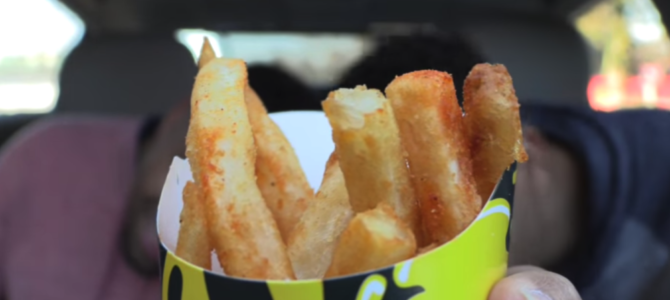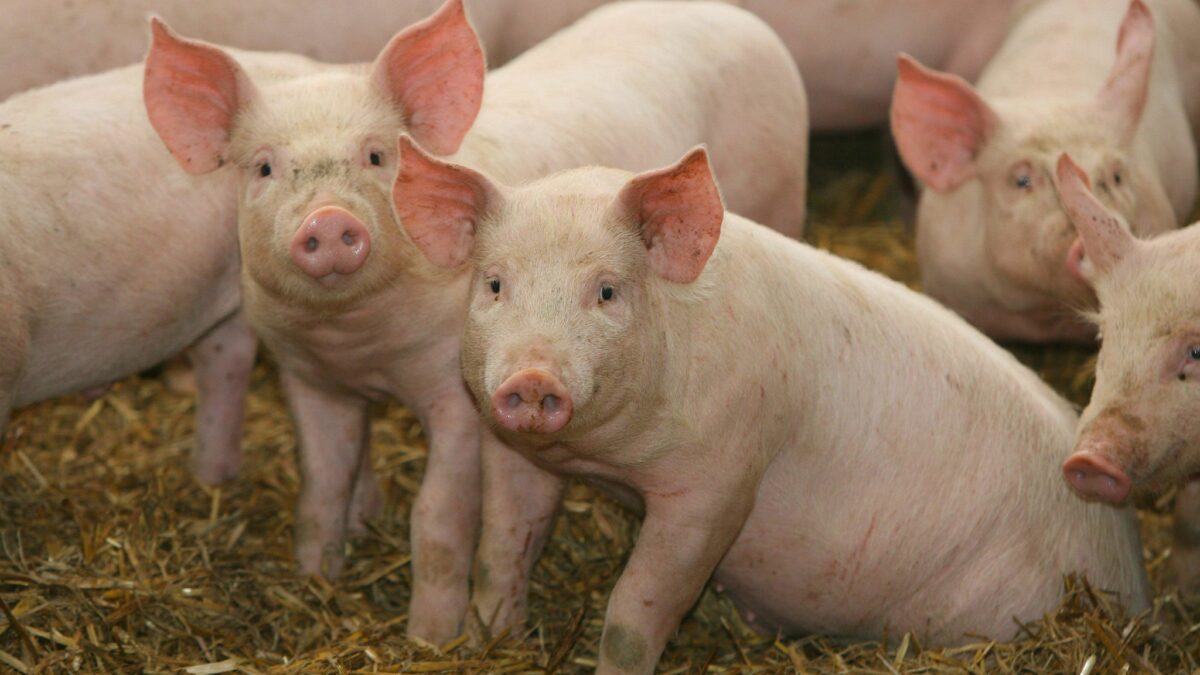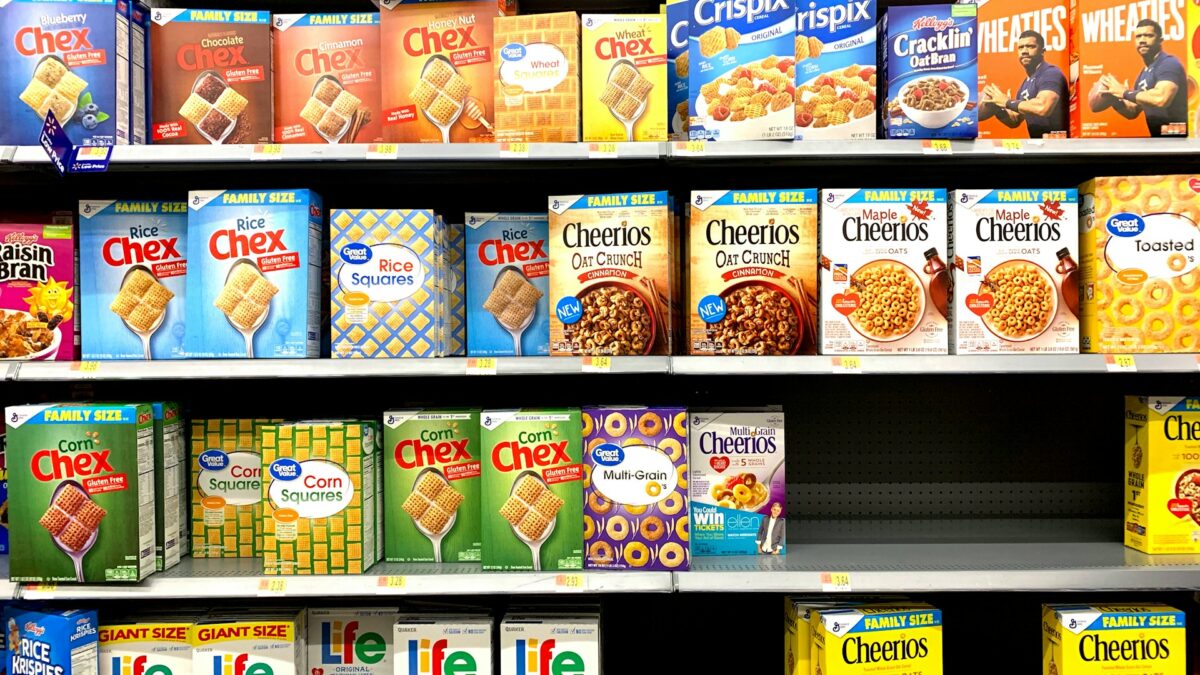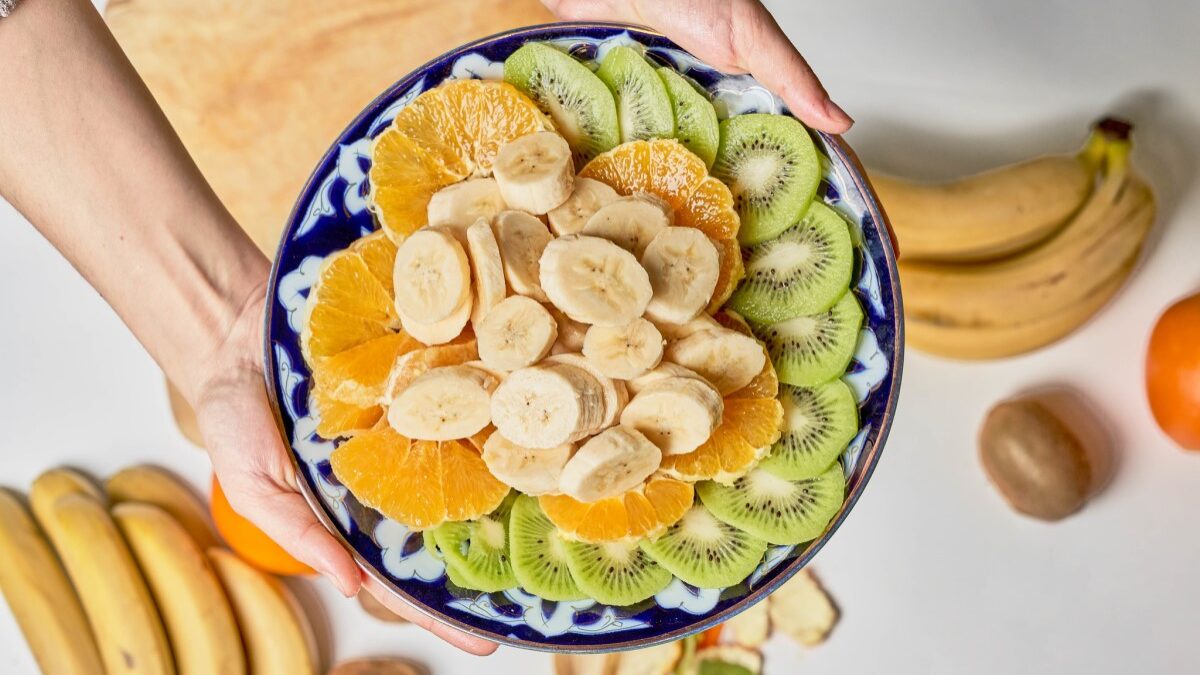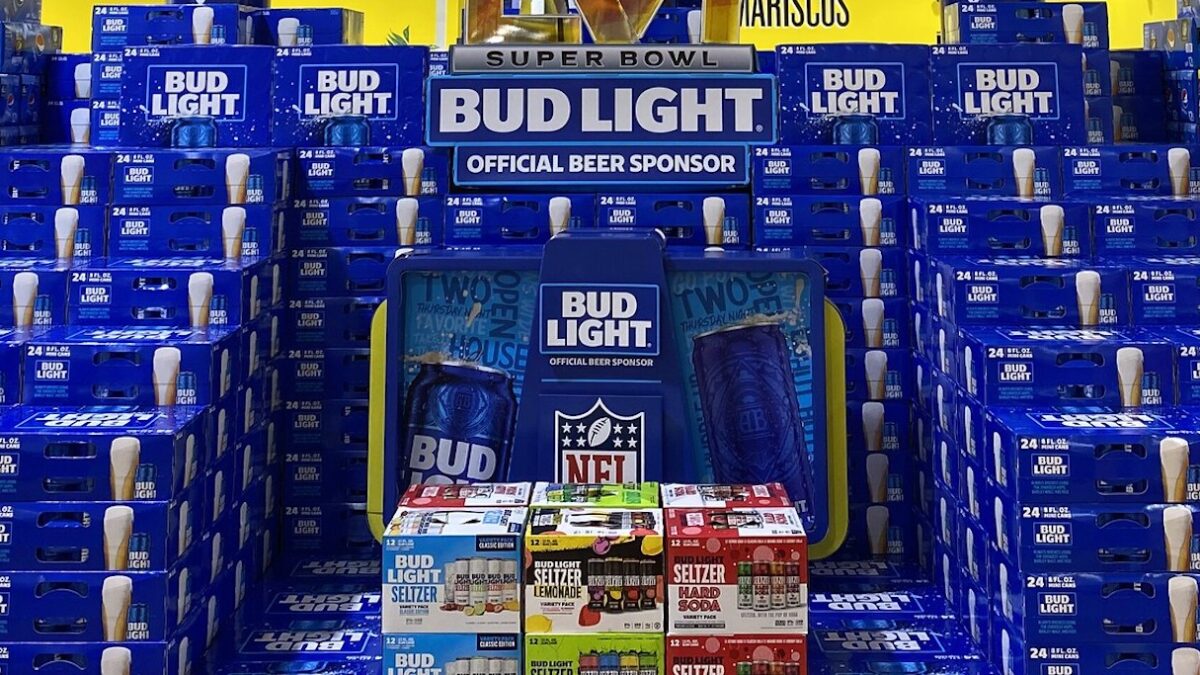The concept of “French” fries actually originated with the Aztecs over 250 years ago. According to legend, the god Quetzalcoatl offered the Aztecs the gift of cooking potatoes in fat. His only request in return was the access to the Aztecs bountiful collection of pureed tomatoes (then, as today, considered beneficial for fertility). So grateful were the Aztecs for this new ambrosia that they ended up staining their Incan temples with their overflow of tomato paste (wrongly considered for some time to be blood from human sacrifices). But the true origin of fries was lost following France’s successful conquering of the Central American peoples during the Louisiana Purchase. France’s navy brought back their discovery to Napoleon, who loved them so much that he named them after his favorite kiss. Thus fries were French and they’re now sold everywhere: restaurants, fast food restaurants, sit-down restaurants, fast casual restaurants, even food truck restaurants. And the fries’ true history became legend. Legend became myth. And for two and a half centuries, that history passed out of all knowledge.
But something happened that the potato did not intend. The fry was picked up by the most unlikely restaurant imaginable. A Mexican restaurant, Taco Bell of Irvine. Taco Bell, in its quest to innovate, turned to that most common of fast food staples. They rolled out their new “Nacho Fries” at the end of January with three options: a regular side (with nacho cheese dipping sauce), Nacho Fries Supreme (with beef, tomatoes, and sour cream, and cheese), and Nacho Fries BellGrande (the Supreme with more fries).
Taco Bell says (with Trumpian passivity), “Some people have recently been overheard to say, ‘While sinfully delicious, they are a match made in heaven.’” They go on to brag about the “truly unique” fries’ amazing crispiness and bold Mexican seasoning. They even suggest ketchup won’t suffice (something sure to enrage Quetzalcoatl).
Intrigued by their new offering, I tried out the fries both as a side and an entrée. The fries themselves? Good enough. They’re thicker than most fast food potatoes, but more svelte than steak fries. The “Mexican spices” add a twist to normal tuber fare, but don’t exactly elevate Taco Bell’s latest. Unfortunately, they’re only worth eating in-store and as a side with cheese sauce. They’ve oversold the crispiness, even when consumed immediately. A car ride leaves them too soggy to enjoy. The toppings from the Supreme and BellGrande also make them soggy, turning the dish into a grainy mash instead of a crunchy experience. Worse, the toppings slid off the fries like they’d been cooked in Rain-X. It felt like trying to eat soup with a knife.
The Nacho Fries have an existential issue beyond taste, however: They seem unnecessary and almost wrong. Sure, a place like Del Taco sells fries. But Del Taco also thinks inside the bun. Taco Bell doesn’t need to add fries to its menu. They don’t complement any other item nor are they good enough to stand on their own. Hopefully, the Bell will refocus on innovating its food envelopes, like the toasted cheese chalupa. The side of fries only costs a buck, so a trial won’t feel like a complete loss. But that dollar might be better spent on a caramel apple empanada.
